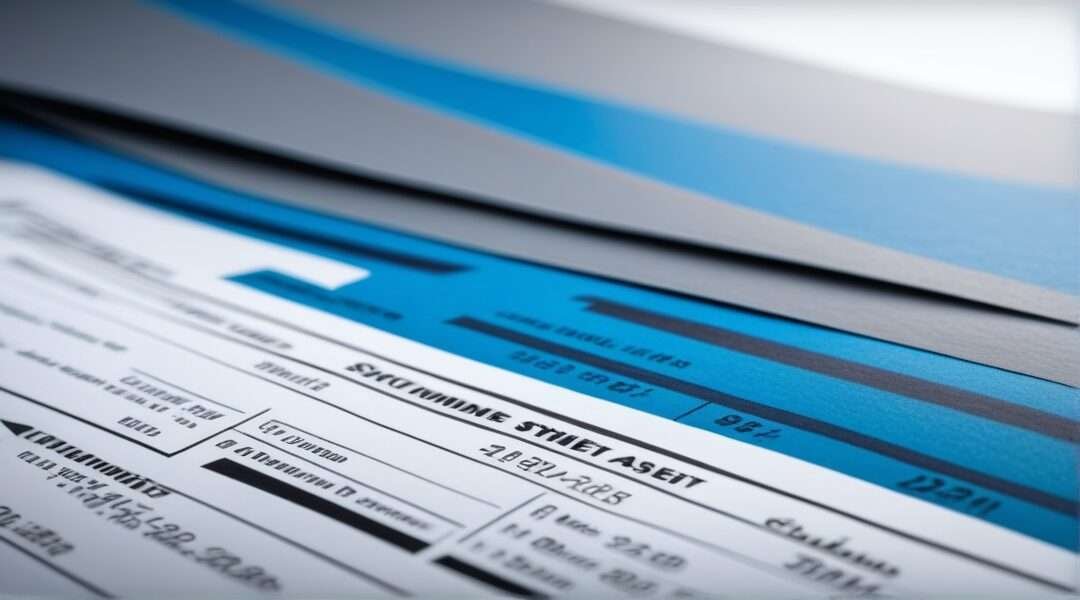Understanding Accounts Receivable
The Essential Guide to Accounts Receivable
Explore the critical role of accounts receivable in business finance, its impact on cash flow, and how it is managed effectively.
What is Accounts Receivable?


Accounts receivable (AR) represents the outstanding invoices a company has or the money it is owed from clients. It is a crucial component of a company’s balance sheet, classified as a current asset. AR is vital for maintaining cash flow, as it reflects the credit extended to customers and the expectation of future cash inflows. Efficient management of AR ensures that businesses can meet their financial obligations and invest in growth opportunities.

Legal Implications of Accounts Receivable
Accounts receivable involves legal considerations, primarily concerning the enforceability of payment claims. When a company extends credit, it enters into a contractual agreement with the customer, outlining the terms of payment. This agreement is legally binding, providing the company with the right to pursue collection through legal channels if necessary. Understanding these legal frameworks is essential for businesses to protect their financial interests and ensure compliance with relevant regulations.
Contractual Obligations
Contracts governing accounts receivable must clearly define payment terms, interest rates on overdue balances, and penalties for non-payment. These terms are crucial for safeguarding a company’s financial health and ensuring that both parties adhere to agreed-upon conditions. Proper documentation and adherence to these contractual obligations can mitigate risks associated with delayed or defaulted payments.
Enforceability of Claims
The enforceability of accounts receivable claims depends on the clarity and legality of the initial credit agreement. Businesses must ensure that all documentation is thorough and complies with legal standards to facilitate smooth collection processes. In cases of non-payment, companies may need to resort to legal action, emphasizing the importance of having robust contracts in place.
Accounts Receivable as a Current Asset
Accounts receivable is a crucial component of a company’s balance sheet, categorized as a current asset. This classification reflects the expectation that these outstanding invoices will be converted into cash within a year. When a company extends credit to its customers, it records the amount due as accounts receivable, signifying a legally enforceable claim. This asset is pivotal for assessing a company’s liquidity, as it represents potential cash inflows that can be used to meet short-term obligations.

The Collection Process for Accounts Receivable
The collection process for accounts receivable is a structured approach to ensuring timely payment from customers. It begins with sending invoices promptly and includes regular follow-ups through reminders. Effective strategies involve offering flexible payment options and maintaining open communication with clients. However, challenges such as customer disputes or financial difficulties can delay payments. In such cases, businesses may resort to employing collection agencies or pursuing legal action to recover outstanding debts.


Strategies for Effective Collection
Implementing automated reminders and offering early payment discounts are effective strategies to enhance the collection process. Building strong relationships with customers and understanding their payment cycles can also facilitate timely payments.
Challenges in the Collection Process
Challenges such as economic downturns or customer insolvency can significantly impact the collection process. Businesses must be prepared to negotiate payment terms or consider write-offs in extreme cases.
Legal Considerations
Understanding the legal framework surrounding accounts receivable is essential. This includes knowing the rights to enforce payment and the procedures for initiating legal action if necessary.
Risks Associated with Accounts Receivable
Managing accounts receivable involves inherent risks that can affect a company’s financial health. The primary risk is the potential for bad debts, where customers fail to pay their invoices. This can lead to cash flow issues, affecting the company’s ability to meet its own financial obligations. Additionally, high levels of accounts receivable can inflate asset values, potentially misleading stakeholders about the company’s true financial position. To mitigate these risks, businesses should regularly review credit policies and assess customer creditworthiness.

Discover the Power of Accounts Receivable Management
Unlock the potential of effective accounts receivable management and see how it can transform your business operations. Dive deeper into strategies that ensure timely payments and enhance your cash flow. Visit accountreceivables.com to explore our expert insights and tools designed to optimize your financial processes.